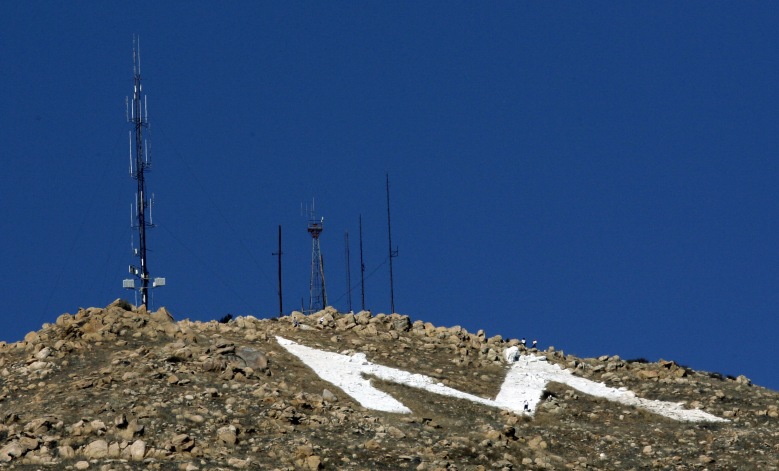Riverside, San Bernardino and Fontana are certainly part of the Inland Empire.
There’s a strong consensus around places like Redlands, Moreno Valley, Ontario and Corona, too.
But what about cities near the San Bernardino-Los Angeles county line such as Chino Hills, Montclair, Claremont and Pomona? Or places in southwest Riverside County like Lake Elsinore and Temecula? Or mountain communities of Big Bear and Idyllwild?

A recent survey of more than 1,400 people conducted by the Southern California News Group found that opinions are much more mixed about whether those locations are part of the IE.
But step a little farther out and a consensus starts to come back: Most desert communities aren’t widely considered part of the Inland Empire — although some of those desert residents, especially in the Victor Valley, might disagree — and neither are other cities farther west in LA County or in other surrounding counties.
Interviews with a dozen survey respondents show people have different criteria for what makes something part, or not part, of the IE.
For many, it’s purely geographical, with human-drawn county lines or natural feature such as mountains and passes defining the region.
For others, it’s a shared culture or history that unites cities into the IE.
Personal connections — familiarity with a place other than your hometown because you work there, have friends there, go to restaurants or movies there — play a strong role, too.
Humberto Flores, 27, who’s studying for his Ph.D. in sociology at UC Riverside, said he’s thought extensively about what constitutes the IE. Both geography and culture play into his opinion.
“For me, the Inland Empire consists of Riverside and San Bernardino counties — everything that’s within those counties,” Flores said, and nothing that’s outside them.
Reed Webb of Temecula, meanwhile, outlined a different shape that many survey respondents agree with: “The San Gabriel and San Bernardino mountains to the north, the San Jacintos to the east, the (Santa Ana Mountains) to the south and the Chino Hills to the west,” Webb wrote in a survey answer.
Survey says …
The term “Inland Empire” has been around for more than a century, but the region doesn’t have official borders. The Southern California News Group’s survey set out to find out what people think it covers.
The survey showed a series of maps and asked people to answer, yes or no, whether they considered 45 different cities and towns to be part of the Inland Empire — 34 places from edge to edge of Riverside and San Bernardino counties, plus eight in LA County and one each in Orange, San Diego and Kern counties. It also asked respondents where they live and how old they are.
Of the 1,442 people who answered in September and October, almost three-quarters said they live in the Inland Empire now. The rest were about evenly split between people who used to live in the IE and people who never had.
The largest age group that answered was millennials: 38% were between age 25 and 40. Gen X (age 41 to 55) and baby boomers (56 to 75) each made up a little over a quarter of respondents.
Read More Here

